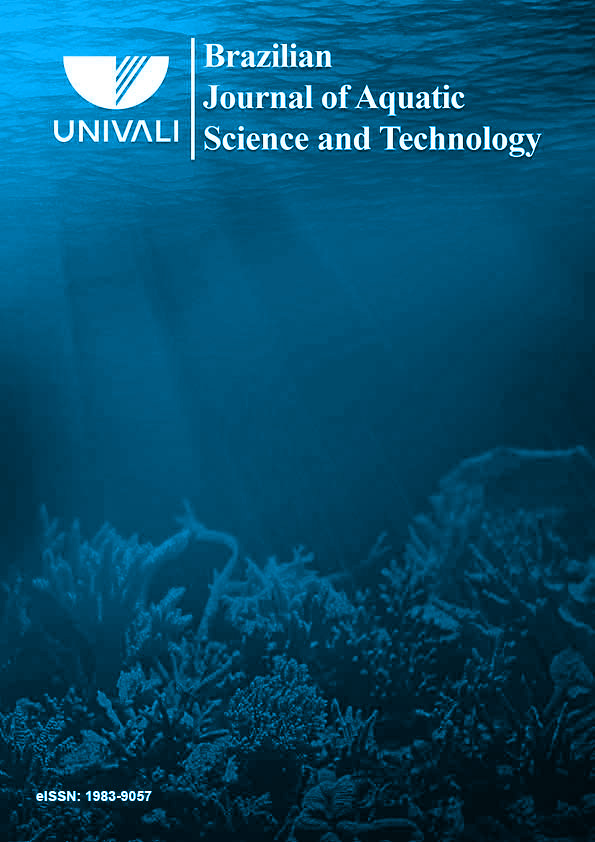O Geoprocessamento aplicado ao planejamento Urbano: Estudo de caso da paisagem de Itajaí no contexto da inundação de 2011
DOI:
https://doi.org/10.14210/bjast.v22n2.14933Abstract
O município de Itajaí, localizado no litoral centro-norte de Santa Catarina, é conhecido nacionalmente pela magnitude de suas inundações. Representa uma zona de alta complexidade socioeconômica e ambiental. Desta forma, buscou-se conhecer qual uso e cobertura do solo possui as áreas mais afetadas pela inundação de 2011, última grande inundação com registro no município. Para isso, realizou-se uma análise do uso e cobertura do solo do município, por meio de imagens do satélite Landsat 8 e imagens aerofotogramétricas disponibilizadas pelo estado de Santa Catarina. Após a classificação e quantificação dos usos foram intersectados com o polígono de inundação disponibilizado pela Defesa Civil do município, e quantificados as áreas afetadas de cada classe de uso. Como resultado tem-se que o uso predominante de Itajaí é referente à classe de Espaço Seminatural, seguido do Espaço Natural, Áreas Agrícolas, Área Residencial e Infraestrutura e Unidades Comerciais. Finalmente, ao sobrepor com o polígono de inundação o uso mais afetado é referente à classe Espaço Seminatural, Área Residencial, Áreas Agrícolas, Infraestrutura e Unidades Comerciais e por último, a classe menos afetada foi a de Espaço Natural.
Downloads
Published
Issue
Section
License
Authors who publish with this journal agree to the following terms:
1. Authors retain copyright and grant the journal right of first publication with the work simultaneously licensed under a Creative Commons Attribution License that allows others to share the work with an acknowledgement of the work's authorship and initial publication in this journal.
2. Authors are able to enter into separate, additional contractual arrangements for the non-exclusive distribution of the journal's published version of the work (e.g., post it to an institutional repository or publish it in a book), with an acknowledgement of its initial publication in this journal.
3. Authors are permitted and encouraged to post their work online (e.g., in institutional repositories or on their website) prior to and during the submission process, as it can lead to productive exchanges, as well as earlier and greater citation of published work (See The Effect of Open Access).

